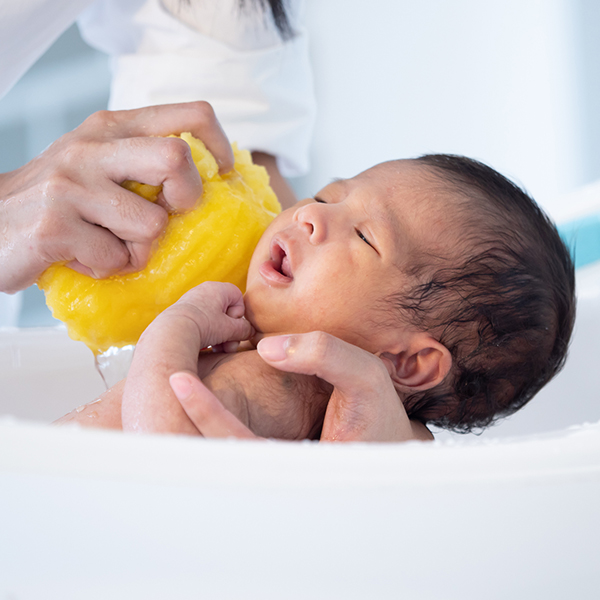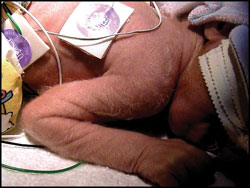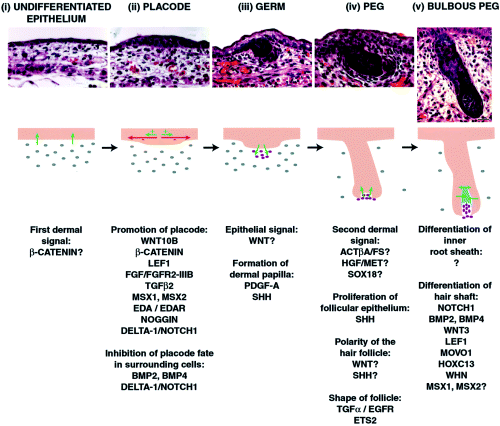Hair Embryology Dallas
 In utero, follicles begin formation on the scalp and then move downward to the remainder of the body. Lanugo hairs are the first to develop, which are characterized by their fine, short, and soft nature. These hairs disappear by the 32nd to 36th week of gestation but can persist in up to one third of newborns. Most hairs however change over to vellus hairs with 90% of the scalp hairs becoming larger and thicker terminal hairs. There are no further development of new follicles after birth.
In utero, follicles begin formation on the scalp and then move downward to the remainder of the body. Lanugo hairs are the first to develop, which are characterized by their fine, short, and soft nature. These hairs disappear by the 32nd to 36th week of gestation but can persist in up to one third of newborns. Most hairs however change over to vellus hairs with 90% of the scalp hairs becoming larger and thicker terminal hairs. There are no further development of new follicles after birth.
Formation of The Epithelial Placode and Primary Hair Germ
 In the human fetus, at about 10 weeks gestation, the hair follicle develops from a small collection of cells called the epithelial placode. Cells of the epithelial placode then begin to profilerate to form the primary hair germ, which in turn will develop into the epithelial portion of the hair follicle. The formation of hair follicles is predicated on multiple interactions between the epithelial cells and the mesechyme (primitive dermis). The first dermal signal arises in the mesenchyme that stimulates the overlying epithelium to generate regularly spaced placodes. The epithelial placode then causes an aggregation of cells in the underlying mesenchyme to form the dermal condensate, which ultimately becomes the dermal papilla. The dermal condensate then effects growth of the epithelial placode to create the mature follicle.
In the human fetus, at about 10 weeks gestation, the hair follicle develops from a small collection of cells called the epithelial placode. Cells of the epithelial placode then begin to profilerate to form the primary hair germ, which in turn will develop into the epithelial portion of the hair follicle. The formation of hair follicles is predicated on multiple interactions between the epithelial cells and the mesechyme (primitive dermis). The first dermal signal arises in the mesenchyme that stimulates the overlying epithelium to generate regularly spaced placodes. The epithelial placode then causes an aggregation of cells in the underlying mesenchyme to form the dermal condensate, which ultimately becomes the dermal papilla. The dermal condensate then effects growth of the epithelial placode to create the mature follicle.
The Hair Follicle Peg
In the next stage, the primary hair germ elongates into a follicle peg. The mesenchymal cells that flank the peg develop into a fibrous sheath with the tip of the peg developing into the dermal papilla. Melanocytes responsible for the hair shaft pigment begin to migrate from the neural crest down to the region above the somite then through the dermis to the epidermis.
The Hair Bulbous Peg
The bulbous peg arises from the elongation of the follicle peg. The epithelial cells within the bulbous base portion of the bulbous peg become the matrix cells, which will in turn give rise to the hair shaft and inner root sheath. The outer root sheath forms two bulges on the posterior portion of the hair follicle: the superficial bulge develops into the sebaceous gland, whereas the deeper bulge becomes the mature bulge area into which the arrector pili muscle inserts.





